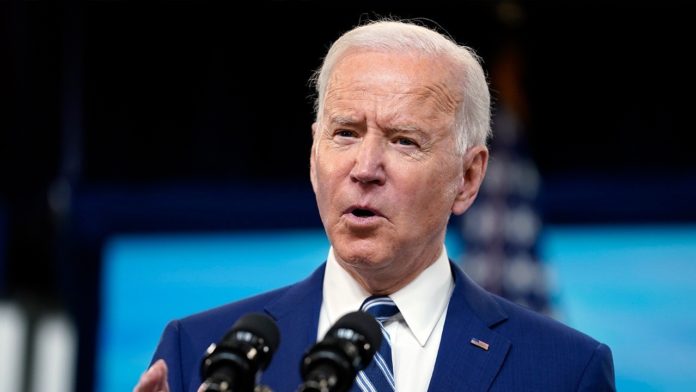
Axios
Coalition of over 280 businesses issues rare public call for 50% U.S. emissions cuts by 2030
In the run-up to the White House’s virtual climate summit on April 22-23, environmental groups and now major corporations are presenting a united front in calling for at least a 50% cut in U.S. greenhouse gas emissions by 2030, when compared to 2005 levels. Why it matters: The 2030 targets are needed since the world is on course to sail above the warming targets set in place by the Paris Climate Agreement, resulting in potentially catastrophic climate impacts. These include the loss of much of the world’s coral reefs and melting of some of the planet’s largest ice sheets.Stay on top of the latest market trends and economic insights with Axios Markets. Subscribe for freeDriving the news: On Tuesday, a coalition of 310 businesses, investment funds and utilities representing about 6 million workers in the U.S. released a letter calling for the administration to commit to reducing emissions to “at least 50% below 2005 levels by 2030” in its next Nationally Determined Contribution (NDC) under the agreement. That new target is slated to be unveiled either at or just before the White House summit.Between the lines: In addition to jump-starting a clean energy economy, the business leaders of companies including SalesForce, Microsoft, Google, Apple, Biogen, HP, Johnson & Johnson, and Verizon state that such a 2030 commitment would “inspire other industrialized nations to set bold targets of their own” and push companies to set their own new goals as well.The letter is unusual — these companies are taking a public stance on what is usually behind-the-scenes policy work. It’s no accident that it comes ahead of the virtual summit, which is designed to build momentum ahead of major U.N. climate talks in Glasgow in November. Details: While the Paris Climate Agreement calls for limiting global warming to “well below 2 degrees Celsius” (3.6 Fahrenheit), the world is currently on course to warm by more than 3 degrees (5.4 degrees) by 2100 relative to preindustrial levels. John Kerry, President Biden’s special envoy for climate change, said earlier this month he’s working to keep the more ambitious 1.5-degree target viable. State of play: With the upcoming summit, the Biden administration is seeking to lead by example and urge other countries to commit to more stringent emissions cuts in the near-term. Environmental groups like the Natural Resources Defense Council and EDF have published reports identifying a 50% emissions cut as a feasible, but ambitious target. A major report released late last year from Princeton University, sponsored in part by BP and ExxonMobil, also shows that a 50% reduction target is a stretch, but viable.The EDF is also urging the administration to commit to cutting methane emissions as part of its 2030 goal. Methane, much of which is emitted during the drilling and transportation process of fossil fuels, is a powerful greenhouse gas that contributes to near-term warming. What to watch: “Methane drives a quarter of the warming that we’re experiencing right now,” said Mark Brownstein, a senior vice president of energy at EDF. His group has outlined a 40% cut in methane emissions by 2030 as part of the overall emissions target.Other research groups, such as Energy Innovation, have also produced reports laying out the 50% reduction scenario, showing it is feasible if the electricity sector were to rapidly shift away from coal and natural gas, and toward renewable energy. There would need to be a rapid scaling up of electric vehicle use. For the record: These are key components of the administration’s mammoth $2.2 trillion infrastructure plan Congress is just beginning to wrestle with. Context: As they did with the first commitment under Paris, the White House could commit to a range of emissions reductions. The current NDC calls for a 25 to 28% cut compared to 2005 levels by 2025, which the U.S. is unlikely to meet.The bottom line: If the Biden administration’s own goal of achieving a net zero emissions economy by 2050 is to be realized, starting down the emissions curve sooner rather than later will be cheaper and keep temperature targets in play. CEOs now recognize that, along with climate activists. The big question is whether the White House will reflect this emerging consensus with its new 2030 target, to be revealed at or before next week’s summit.Editor’s note: This post was updated to reflect that the final letter calling for the administration to commit to reducing emissions was signed by 310 entities. More from Axios: Sign up to get the latest market trends with Axios Markets. Subscribe for free








